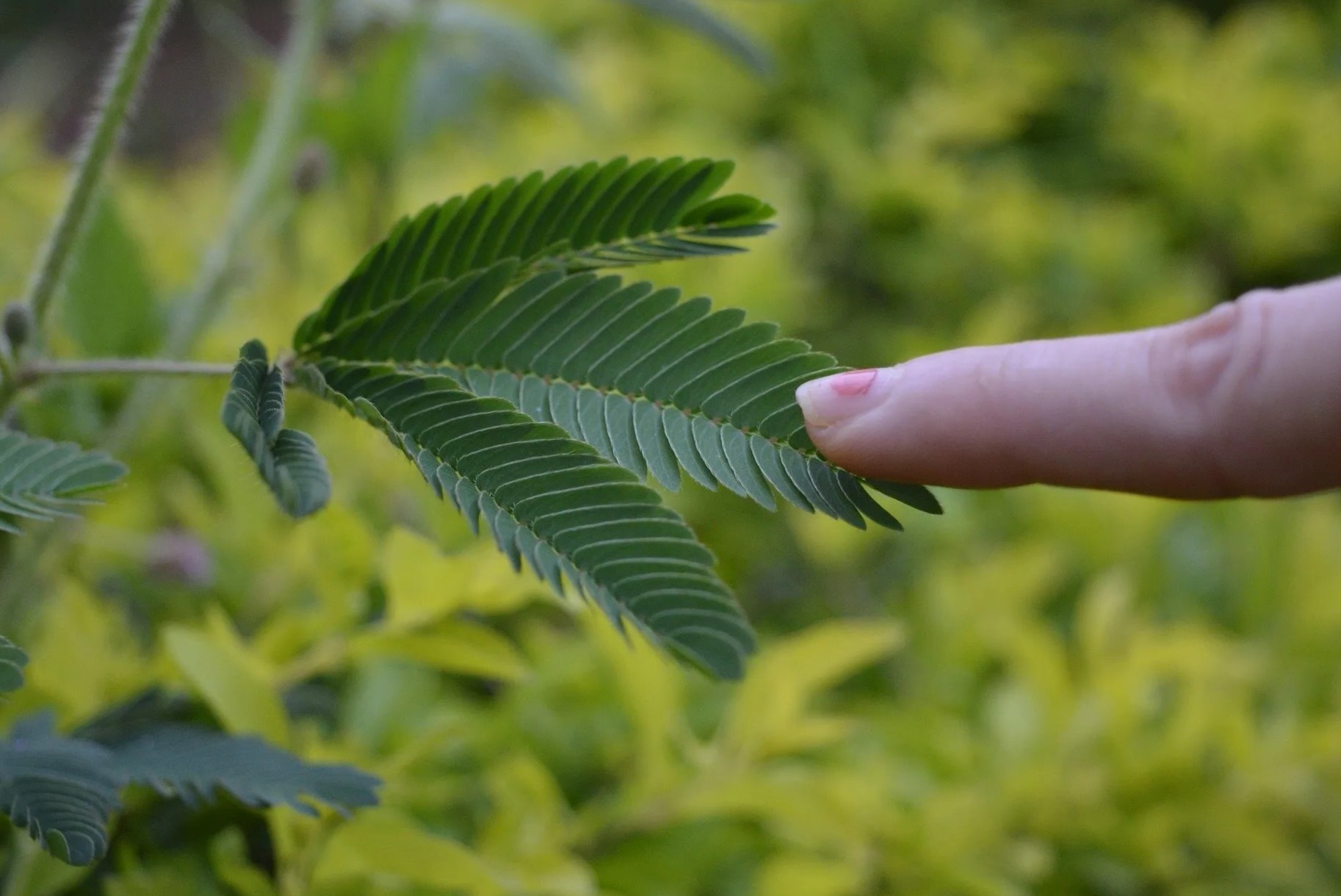
Plants might seem stationary, but many exhibit fascinating movements. These movements, often subtle, can be responses to light, touch, or gravity. Did you know some plants can even "dance"? For instance, the Mimosa pudica, also known as the "sensitive plant," folds its leaves when touched. Others, like the Venus flytrap, snap shut to catch prey. These movements aren't just for show; they help plants survive in their environments. From twining vines to sun-tracking flowers, plant movements are more common than you might think. Ready to learn about 50 intriguing plant movements? Let's dive into the world of botanical wonders!
Key Takeaways:
- Plants are amazing! They move in response to touch, sunlight, gravity, water, temperature, and more. Some even capture prey and disperse seeds through clever movements. How cool is that?
- Plants have superpowers! They move to protect themselves, optimize photosynthesis, and ensure successful reproduction. From following the sun to avoiding stress, plants are like nature's little dancers.
Plants That Move in Response to Touch
Some plants exhibit fascinating movements when touched. These movements, known as thigmonasty, are often a defense mechanism or a way to capture prey.
- Mimosa pudica, also known as the sensitive plant, folds its leaves inward when touched. This rapid movement is thought to deter herbivores.
- Venus flytrap snaps shut when its sensitive hairs are triggered by an unsuspecting insect. This carnivorous plant then digests the trapped prey.
- Sundew plants have sticky tentacles that curl around insects when they land on the plant. The tentacles secrete digestive enzymes to break down the prey.
- Bladderworts use tiny bladder-like traps that suck in small aquatic creatures when they touch the plant's trigger hairs.
- Telegraph plant moves its leaves in response to light and touch. The small lateral leaflets move up and down, while the larger terminal leaflet remains relatively still.
Plants That Move to Follow the Sun
Some plants have evolved to track the sun's movement across the sky, a phenomenon known as heliotropism. This helps them maximize photosynthesis.
- Sunflowers are famous for their ability to follow the sun. Young sunflower heads face east in the morning and follow the sun westward throughout the day.
- Alfalfa plants also exhibit heliotropism, which helps them grow more efficiently by maximizing light absorption.
- Cotton plants adjust their leaves to face the sun, optimizing their photosynthetic efficiency.
- Soybeans display heliotropic movements, which can improve their growth and yield.
- Lupines move their leaves to follow the sun, ensuring they capture as much light as possible.
Plants That Move to Capture Light
Phototropism is the movement of plants toward or away from light. This movement helps plants optimize their light exposure for photosynthesis.
- Sunflowers not only follow the sun but also exhibit phototropism by bending their stems toward light sources.
- Arabidopsis thaliana, a model organism in plant biology, shows strong phototropic responses, making it a valuable subject for research.
- Corn seedlings bend toward light to maximize their photosynthetic potential.
- Pea plants use phototropism to climb toward light, often wrapping around nearby structures for support.
- Tomato plants exhibit phototropism, ensuring their leaves receive optimal light for growth.
Plants That Move in Response to Gravity
Gravitropism is the movement of plants in response to gravity. Roots typically grow downward, while stems grow upward.
- Bean plants demonstrate negative gravitropism by growing their stems upward, away from the gravitational pull.
- Carrot roots exhibit positive gravitropism, growing downward into the soil to anchor the plant and absorb nutrients.
- Rice seedlings show strong gravitropic responses, with roots growing downward and shoots growing upward.
- Wheat plants use gravitropism to ensure their roots grow deep into the soil, providing stability and access to water.
- Potato tubers grow underground due to positive gravitropism, storing energy for the plant.
Plants That Move in Response to Water
Hydrotropism is the movement of plants toward or away from water. This helps plants find and absorb water more efficiently.
- Bean roots exhibit positive hydrotropism, growing toward moisture in the soil.
- Corn roots also show hydrotropic responses, ensuring the plant can access water even in dry conditions.
- Sunflower roots grow toward water sources, helping the plant survive in arid environments.
- Tomato roots exhibit hydrotropism, allowing the plant to thrive even with limited water availability.
- Cucumber roots move toward moisture, ensuring the plant can access the water it needs for growth.
Plants That Move in Response to Temperature
Thermotropism is the movement of plants in response to temperature changes. This helps plants adapt to varying environmental conditions.
- Tulip flowers open and close in response to temperature changes, protecting their reproductive organs from extreme conditions.
- Crocus flowers also exhibit thermotropic movements, opening in warm temperatures and closing when it gets cold.
- Dandelion flowers close at night and reopen in the morning, responding to temperature fluctuations.
- Morning glory flowers open in the morning when temperatures are cooler and close in the afternoon as it gets warmer.
- Snowdrops emerge and bloom in response to rising temperatures, signaling the end of winter.
Plants That Move to Disperse Seeds
Some plants have evolved mechanisms to disperse their seeds through movement, ensuring their offspring can grow in new locations.
- Touch-me-not plants (Impatiens) eject their seeds explosively when touched, spreading them over a wide area.
- Witch hazel plants use a similar mechanism, with seed capsules that burst open to disperse seeds.
- Squirting cucumber shoots its seeds out when the fruit is disturbed, ensuring they land far from the parent plant.
- Violets have seed pods that twist and contract, flinging seeds away from the plant.
- Geraniums use a catapult-like mechanism to disperse their seeds, ensuring they spread over a wide area.
Plants That Move to Avoid Stress
Some plants move to avoid environmental stressors, such as excessive light or heat.
- Oxalis plants fold their leaves during intense sunlight to reduce water loss and prevent damage.
- Shamrock plants also close their leaves during the hottest part of the day to conserve water.
- Prayer plants raise their leaves at night, reducing water loss and protecting them from cold temperatures.
- Maranta plants exhibit similar movements, with leaves that fold up at night and open during the day.
- Desert plants like the creosote bush close their stomata during the hottest part of the day to conserve water.
Plants That Move in Response to Mechanical Stimuli
Some plants move in response to mechanical stimuli, such as wind or touch, to protect themselves or capture prey.
- Cobra lily traps insects with its slippery, tubular leaves that force prey into a digestive chamber.
- Darlingtonia plants use similar mechanisms, with leaves that trap and digest insects.
- Butterworts have sticky leaves that curl around insects, trapping and digesting them.
- Pitcher plants use their tubular leaves to trap insects, which are then digested by enzymes.
- Flypaper traps like those of the sundew plant use sticky tentacles to capture and digest prey.
Plants That Move to Optimize Reproduction
Some plants move to optimize their reproductive success, ensuring their flowers are pollinated and seeds are dispersed.
- Passionflower tendrils wrap around nearby structures, helping the plant climb and spread its flowers.
- Clematis plants use similar movements, with tendrils that wrap around supports to elevate their flowers.
- Grapevines also use tendrils to climb, ensuring their flowers and fruit are exposed to pollinators and sunlight.
- Morning glories twist their stems around supports, helping the plant grow upward and spread its flowers.
- Honeysuckle plants use twining stems to climb, ensuring their flowers are accessible to pollinators.
Nature's Hidden Dance
Plants aren't just static green decor. They move, adapt, and interact with their environment in ways that often go unnoticed. From the rapid snap of the Venus flytrap to the slow, deliberate twining of a morning glory vine, these movements reveal a hidden world of activity. Understanding these behaviors not only deepens our appreciation for nature but also highlights the intricate balance of ecosystems. Next time you see a plant, remember it's not just sitting there. It's actively engaging with its surroundings, responding to light, gravity, touch, and even other plants. This silent dance of flora is a testament to the complexity and wonder of life on Earth. So, keep an eye out. You might just catch a glimpse of nature's hidden choreography.
Frequently Asked Questions
Was this page helpful?
Our commitment to delivering trustworthy and engaging content is at the heart of what we do. Each fact on our site is contributed by real users like you, bringing a wealth of diverse insights and information. To ensure the highest standards of accuracy and reliability, our dedicated editors meticulously review each submission. This process guarantees that the facts we share are not only fascinating but also credible. Trust in our commitment to quality and authenticity as you explore and learn with us.


